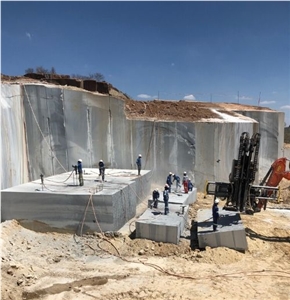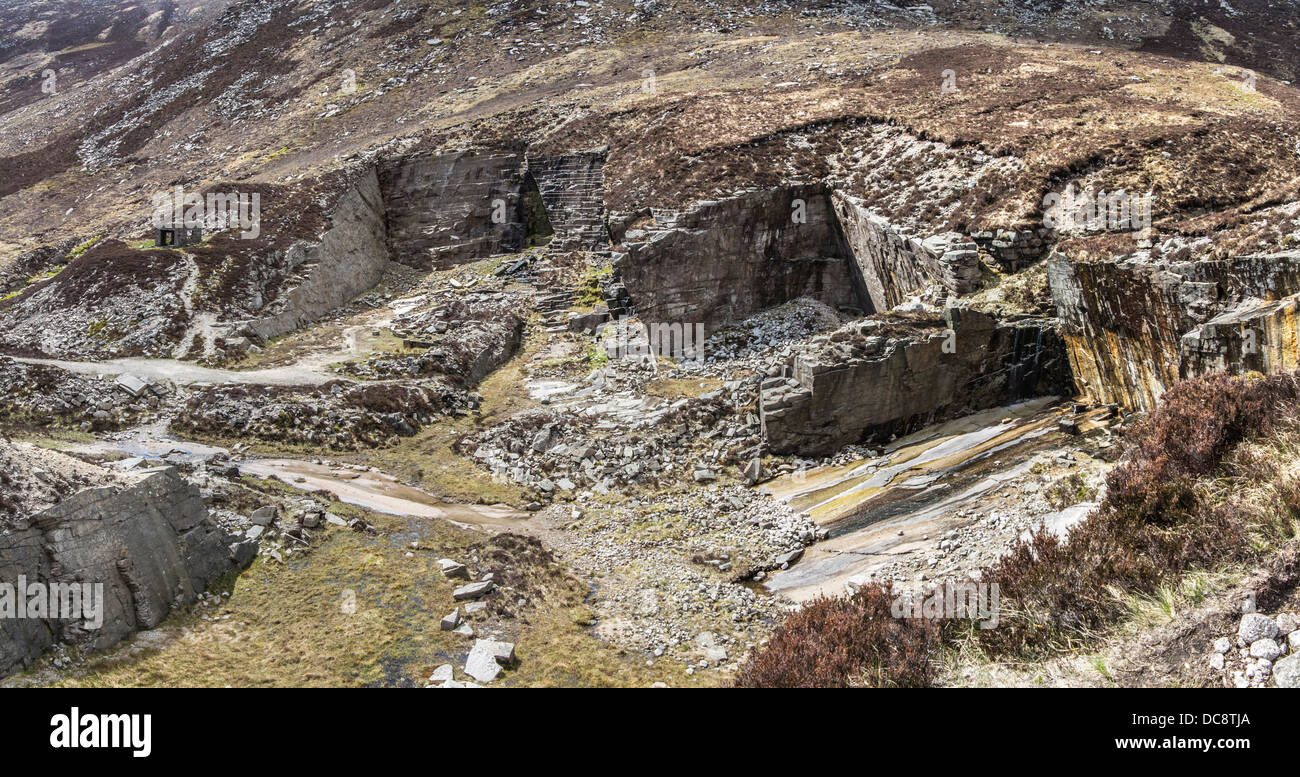Granite Quarries in South Africa Marvels: Discovering the Quarry Landscape
Unearthing the Rich History and Lasting Practices of Granite Quarrying
As we base on the precipice of revealing the complex tapestry of granite quarrying, a journey via time reveals not simply the physical act of extracting rock yet likewise the cultural and historic relevance woven right into the very material of this technique. From the ancient beginnings that laid the foundation for contemporary quarrying strategies to the lasting methods that are forming the future of this sector, each chisel mark on granite surfaces narrates waiting to be discovered (granite quarries in south africa). The heritage of granite quarrying stretches far beyond plain removal; it is a testimony to human ingenuity, durability, and the long-lasting attraction of this marvelous stone
Ancient Beginnings of Granite Quarrying
Going back to old civilizations, the practice of quarrying granite has actually been an integral part of human history and architectural innovation. The earliest proof of granite quarrying dates back to ancient Egypt, where substantial pyramids and elaborate sculptures were crafted from this resilient stone. The Egyptians made use of primitive tools to extract granite blocks from quarries, showcasing the value of this product in their significant building and constructions.
Relocating forward in history, the Greeks also made substantial contributions to the quarrying of granite. The Greeks utilized granite in different architectural marvels, such as temples and sculptures, demonstrating their skill in shaping and carving this sturdy stone. The Romans even more fine-tuned the techniques of quarrying granite, utilizing sophisticated tools like blades and hammers to extract and shape granite for their renowned frameworks.
Via the centuries, the method of quarrying granite has actually progressed, with modern-day innovations boosting effectiveness while keeping the classic allure of this all-natural rock - granite quarries in south africa. From old human beings to modern home builders, the heritage of granite quarrying proceeds to shape our world
Advancement of Quarrying Strategies
The development of quarrying methods has been noted by a continual progression towards better performance and accuracy in drawing out granite. From the simple methods used by our ancestors to the advanced modern technologies used in modern quarrying procedures, the market has undertaken considerable developments. Early quarrying techniques included manual labor with standard tools such as knives, hammers, and wedges to draw out granite blocks from the earth. As people progressed, techniques like fire-setting and primitive dynamites were introduced to assist in the extraction procedure.
Innovations in computer-controlled tools and 3D modeling have optimized quarrying operations, leading to very little ecological impact and improved sustainability practices. As the demand for granite continues to rise, the development of quarrying strategies remains integral to meeting industry requires efficiently and sustainably.
Cultural Significance of Granite
Granite holds a profound cultural value throughout different people because of its enduring presence in building work of arts and revered monuments. From the marvelous pyramids of Egypt to check my reference the complex carvings of the Angkor Wat temple in Cambodia, granite has actually been a material of option for expressing majesty and long life in cultural heritage. In ancient Rome, granite columns embellished holy places and public structures, representing strength and durability. The social relevance of granite expands past its physical characteristics; it embodies strength, stability, and timelessness, making it a sign of enduring heritages and customs.

Lasting Practices in Quarrying
Among the rich history of granite quarrying and its social importance exists an expanding emphasis on sustainable practices within the sector. As ecological recognition and concerns concerning resource depletion have increased globally, the quarrying market has significantly embraced lasting approaches to lessen its impact on the atmosphere and bordering neighborhoods.

Furthermore, reclamation and rehab of quarry websites post-extraction are integral to lasting techniques. By bring back quarried areas to a natural or helpful state, such as producing wildlife habitats or entertainment areas, quarriers can balance out the environmental impact of their procedures and add positively read what he said to the neighborhood ecosystem.
Tradition of Granite Quarrying
With a historic background soaked in craftsmanship and industrial progress, what enduring influence has granite quarrying left on internet the landscape of contemporary culture? The tradition of granite quarrying goes beyond plain extraction practices; it has formed architectural marvels, city landscapes, and cultural heritage worldwide. The long lasting nature of granite has actually made it a recommended option for monoliths, buildings, and framework, standing as a testament to the ability and virtuosity of quarry workers across generations.
Moreover, the financial impact of granite quarrying can not be ignored. The industry remains to supply employment possibility and drive local economies in regions where granite extraction is prevalent. It has additionally spurred technological advancements in quarrying techniques and equipment, bring about more efficient and lasting techniques.
In terms of sustainability, the heritage of granite quarrying consists of efforts to minimize ecological influences through reclamation tasks and accountable resource monitoring. By balancing financial rate of interests with environmental stewardship, the sector strives to make certain that future generations can remain to take advantage of this long-lasting all-natural source.
Verdict
